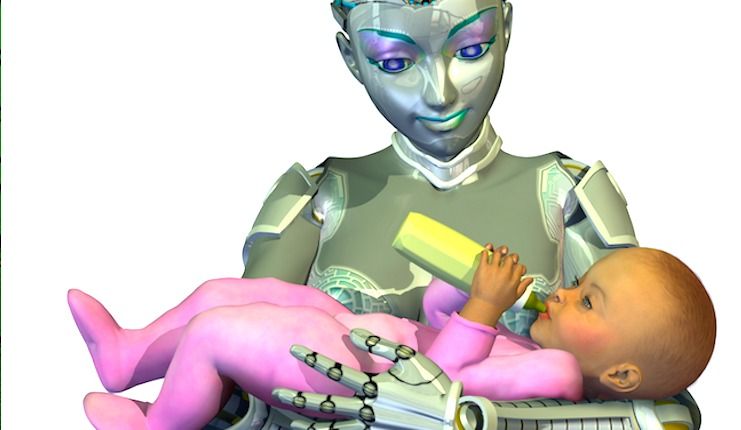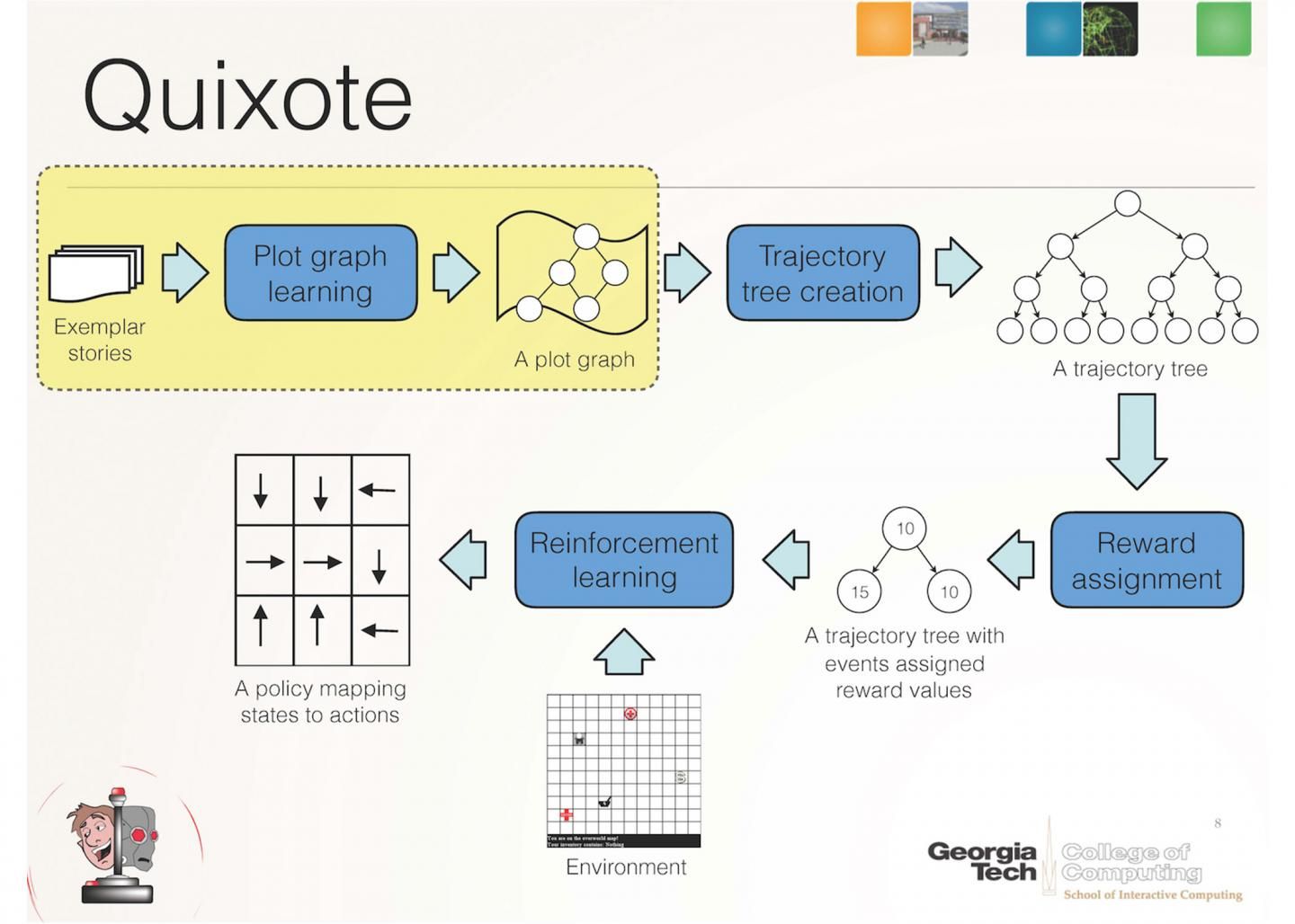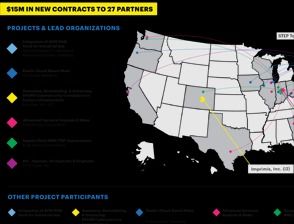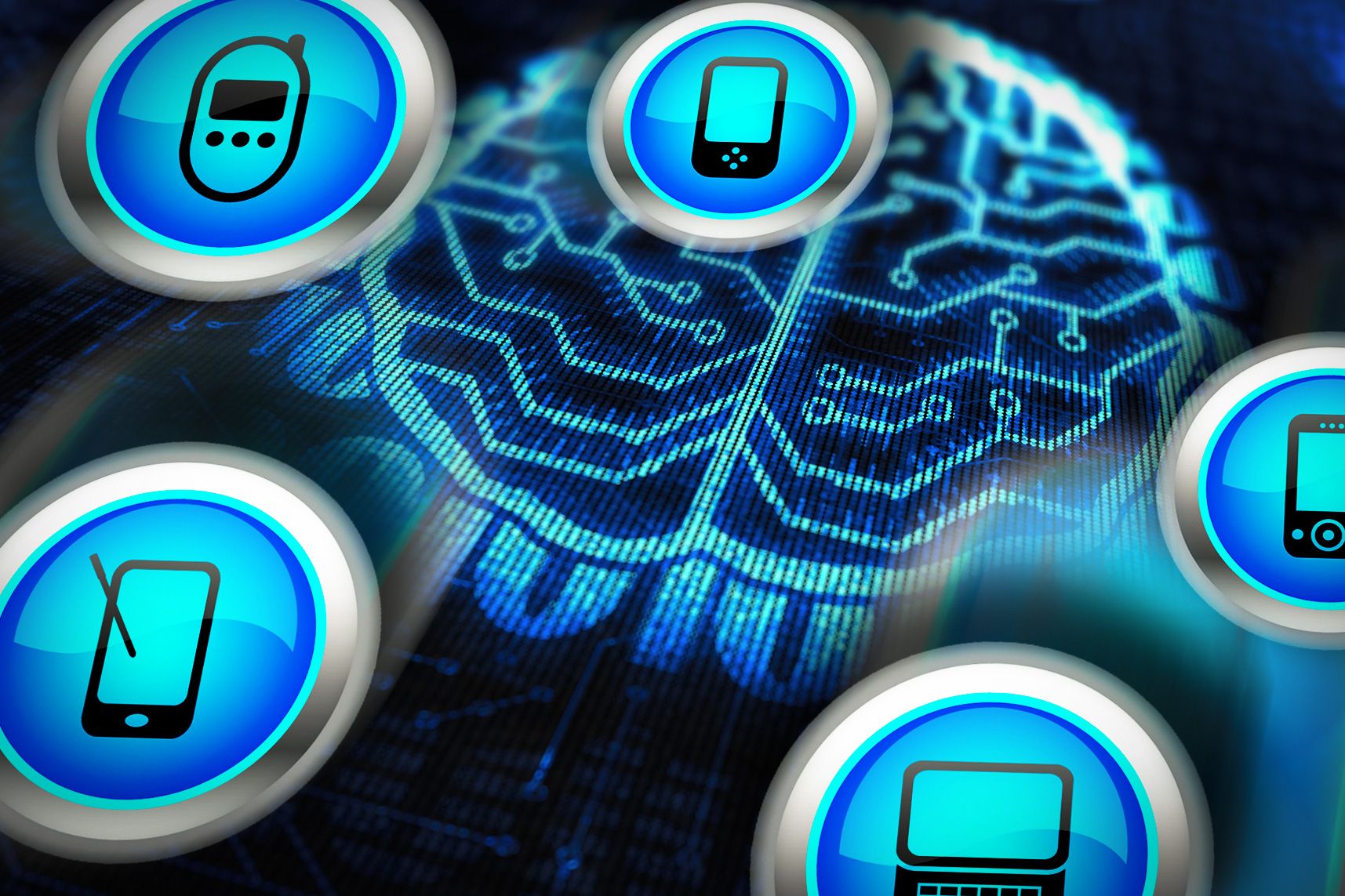Feb 12, 2016
We’ve finally found gravitational waves, so can we time travel?
Posted by Sean Brazell in categories: cosmology, physics, time travel
Physicists working with a powerful observatory on Earth announced Thursday that they have finally detected ripples in space and time created by two colliding black holes, confirming a prediction made by Albert Einstein 100 years ago.
These ripples in the fabric of space-time, called gravitational waves, were created by the merger of two massive black holes 1.3 billion years ago. The Laser Interferometer Gravitational-Wave Observatory (LIGO) on Earth detected them on Sept. 14, 2015, and scientists evaluated their findings and put them through the peer review process before publicly disclosing the landmark discovery today.
SEE ALSO: Einstein was right: Scientists detect gravitational waves for the first time.


















